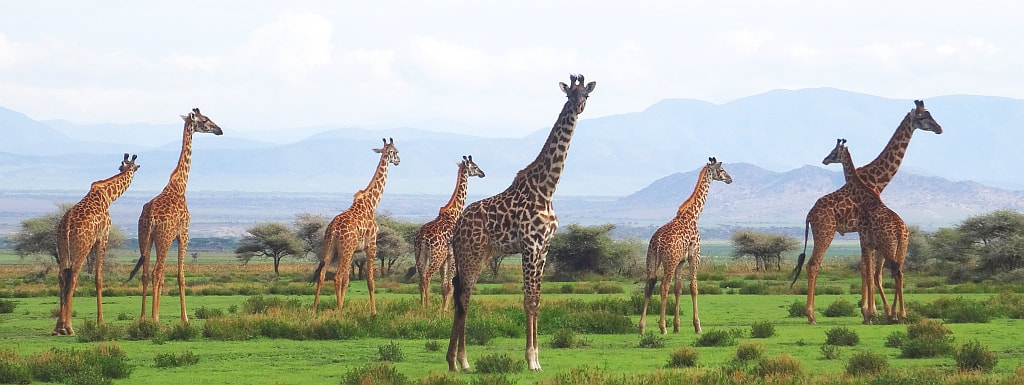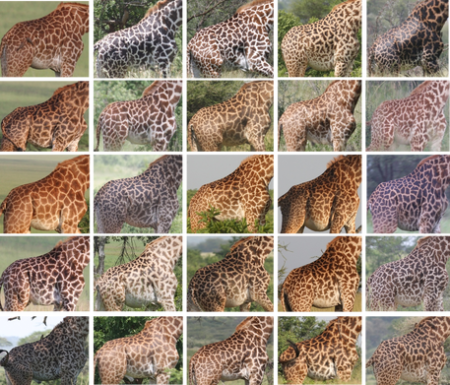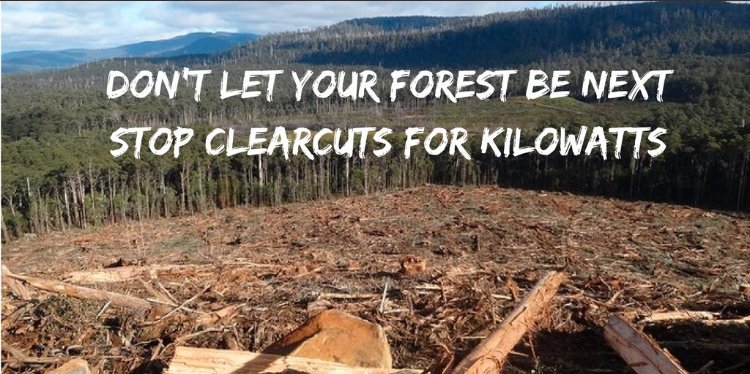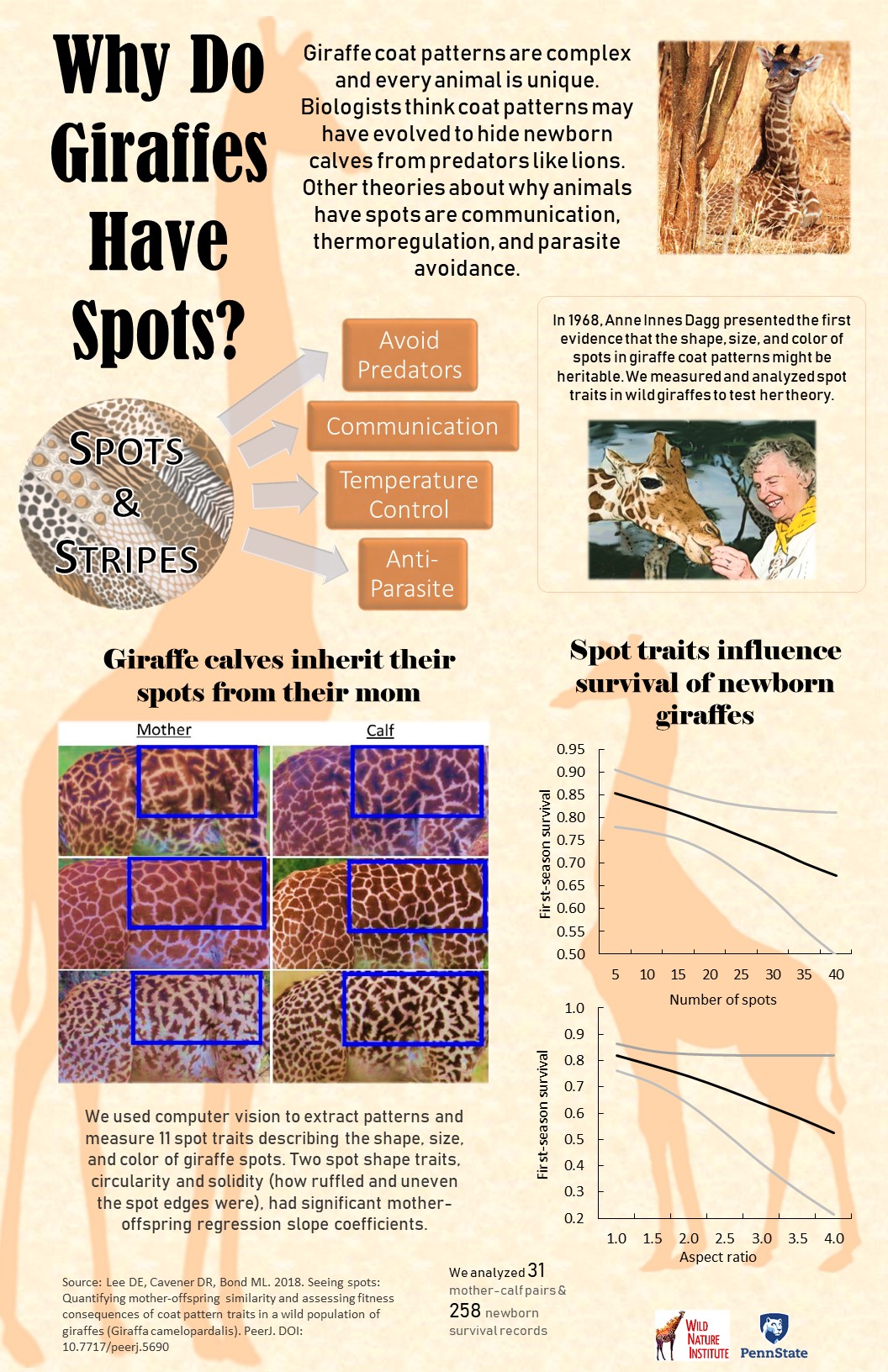Baby Giraffes Hide in Bushes from Natural Predators but Have a Mixed Relationship With People
ARUSHA, Tanzania–Masai giraffes are the world’s tallest herbivores and beloved by people around the globe, but were recently classified as an endangered species by the International Union for Conservation of Nature (IUCN). New research published in Oecologia showed how food, predators, and people all influence giraffe social behavior. In particular, the international team of researchers … Read more





